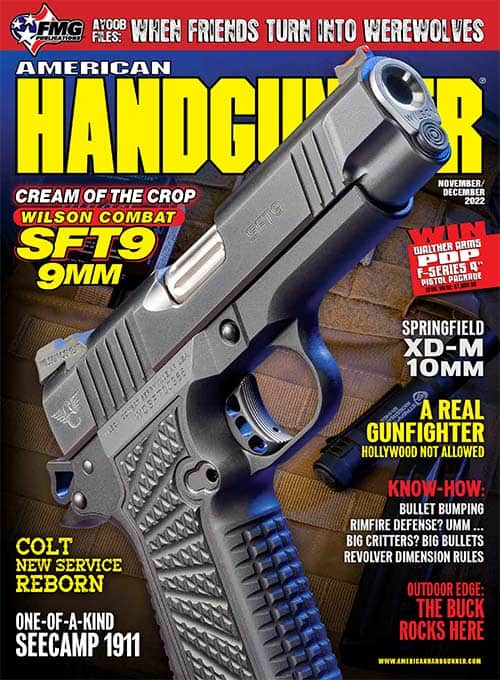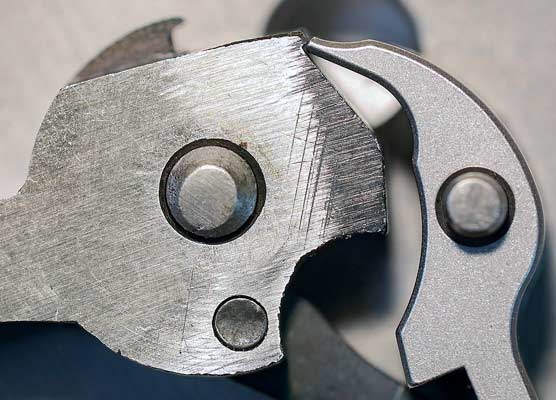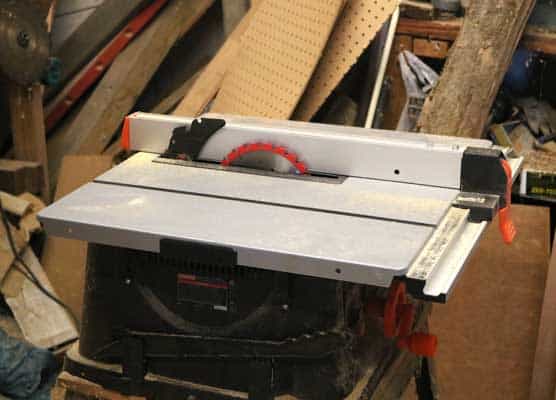Shooting Iron: Revolver Dimensions
Not long into my shooting career, I realized not all revolvers were equal in terms of closely putting bullets near one another on paper targets. Many years passed before experience began to reveal why that was. It is because almost all problems in revolver accuracy could be laid on mismatching dimensions. That’s not a blanket statement because poor barrel quality can contribute, as can damaged crowns at barrels’ muzzles or weak firing pin strikes.
Think about it this way; a revolver is a precision instrument. The cylinder must rotate precisely, so chambers are perfectly aligned with the barrel forcing cone. That forcing cone must be minutely funnel-shaped so bullets don’t just slam into its sharp edges. If they do, the shooter will certainly notice it by small particles of lead or bullet jackets along with unburned powder stinging hands and face. The common name for that is “spitting lead.” There is actually an implement sold named the “range rod.” Its purpose is to slide down a revolver’s barrel and into cylinder chambers. If it hangs up even a tad, then cylinders are not aligning properly.
Matchy Matchy
Next is the notion that cylinder chamber mouths and barrel bore diameters should match, at least to an acceptable degree. If chamber mouths are tighter than a barrel’s grooves, bullets are swaged down upon firing. Then they will be smaller than the barrel’s grooves. As a rule, this does nothing for revolver precision. However, I’ve occasionally experienced an exception to that rule. It may be if the revolver’s cartridge generates enough pressure and bullets are soft enough, they will expand in the barrel’s forcing cone to still grip rifling suitably.
Here’s an example. My first .32-20 Colt SAA had a 0.314″ barrel groove diameter but 0.310″ chamber mouths. Mild loads would not group better than about 4″ at 25 yards. However, heavy charges of 2400, as given in old reloading manuals, would deliver groups down around 2″.
The flip side of that coin is if chamber mouths are significantly larger than barrel groove diameter. Bullets can then enter the barrel, forcing cones slightly tilted off-center. Colt SAA .45 revolvers are especially bad offenders in this respect. I’ve used plug gauges to check many SAA chamber mouths. They have almost all ranged from 0.455″ to 0.457″. However, since early in this century, Colt specs called for all .45 barrels nominally 0.451″/0.452″. (Source: factory spec sheet dated 1922.) That’s why Colt SAA .45s have no great reputation for precision shooting.
Casting Solution
My solution to this problem was to size .45 Colt cast bullets to 0.45″ — close to the chamber mouth dimensions — and to use relatively soft cast bullets. They will swell to fill chamber mouths but also swage down easily in forcing cones. For example, regardless of the powder used, my .45 Colt bullets are cast from soft 1-20 tin to lead alloy. And I have no complaints about how well my Colt SAAs shoot.
In my early years, I always took gun’riters’ advice and shot hard cast bullets in my Colt .45s, sized no larger than 0.452″. With decades of experience behind me, the idea finally dawned on me that softer bullets would obturate (yes, that is the proper word!) to fill chamber mouths. Regardless of the exact powder charge, bullets fired through my dozen .45 Colt SAAs cluster into acceptable sizes. This method also works with the fairly common problem of Colt SAA cylinders not being the same in all six chamber mouths.
I’ve often been asked, “Isn’t it harmful to shoot 0.454″ bullets down 0.451″ barrels?” No. Soft bullets will harm nothing. Again, referring back to my beginning years, manuals advised sizing .38 Special cast bullets to 0.358″ or 0.001″ over my S&W K38’s nominal 0.357″ barrel groove diameter. Upon buying Colt SAA .38 Special and .357 Magnum revolvers, nothing changed in my reloading habits. Many years later, I discovered Colt SA and DA barrels were all nominally 0.354″ in their grooves. I didn’t believe it until I slugged those barrels myself. They indeed were 0.354″! Did I change my load recipes? Nope, I kept shooting the same handloads as prepared for S&W .38s and .357s and have suffered nary a problem.
For over 50 years, I’ve strived to understand all the ins and outs of revolver accuracy. Much has been learned, but there is a ways to go yet.
Subscribe To American Handgunner

Get More Revolver Content Every Week!
Sign up for the Wheelgun Wednesday newsletter here:







